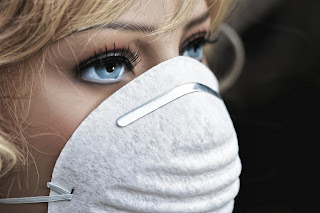The following is a revised version of my original post in Life in the Finger Lakes.
We are taught to be happy. We are told that happiness brings contentment and fulfillment. The “pursuit of happiness” is even mentioned in the Declaration of Independence.
But is there some other than happiness that matters more?
Yes.
While researching the “purpose of life” for my next book I came across another book that said having meaning and purpose in life was tantamount to finding fulfillment. Author Emily Esfahani Smith – The Power of Meaning, Crafting a Life That Matters – makes a compelling case to why having a purpose in your life matters.
For example, she cites an extensive study done in 2014 by the University of Virginia and Gallup that examined 140,000 participants in over 130 countries. It found that people in more affluent countries such as those in Scandinavia were much happier than those living in poorer countries such as the sub-Sahara in Africa. Conversely it found that those living in wealthier countries had less meaning in their lives compared to poor countries such as Togo and Niger.
The study also found that happiness and unhappiness were not predictors of suicide. Many wealthier countries had much higher suicide rates compared to poorer countries. This was not an anomaly created by a specific cohort within the population of the richer country that may have felt disenfranchised.
What was a predictor of suicide?
A lack of meaning in your life; not having meaning in your life increased the chances for suicide. Citizens of countries with the lowest levels of meaning, such as Japan had the highest rates of suicide.
Another study found that the search for meaning was far more fulfilling for people than the pursuit of personal happiness. Having meaning and purpose also makes us more of a giver, such as buying more presents for others. Having a purpose in life makes us more resilient to various ailments, as well as increases longevity.
Smith also draws upon the work of Victor Frankel (Mans Search For Meaning), a Jewish psychiatrist who was arrested in September of 1942 and thrown into a Nazi concentration camp. Frankel found those prisoners that did not abandon hope and saw some meaning in their lives were better able to cope with the suffering and violence of a concentration camp. In other words, having a sense of purpose and meaning can better help us deal with the biggest challenges.
Although the Finger Lakes Region has begun opening up, many of us are still without work. Smith points out how important work is in our lives, saying it provides us with a source of identity, a sense of worth and gives us something to do. She suggests finding some ways to be of service to others if we are without work. Our region has numerous not-for-profits that can provide you the opportunity to be of service to others.
Hardship can bring reflection, often followed by change. For those of us fortunate enough to get beyond fear and concern for the future, the COVID-19 stay at home regulations have provided us with the opportunity to reflect. Does your life provide you with meaning and purpose? Is there a career path, pursuit or commitment that would bring more passion into your life?
Having purpose and meaning into your life matters.
Author Emily Esfahani Smith has article on meaning that you can read online, “There’s More to Life Than Being Happy."












